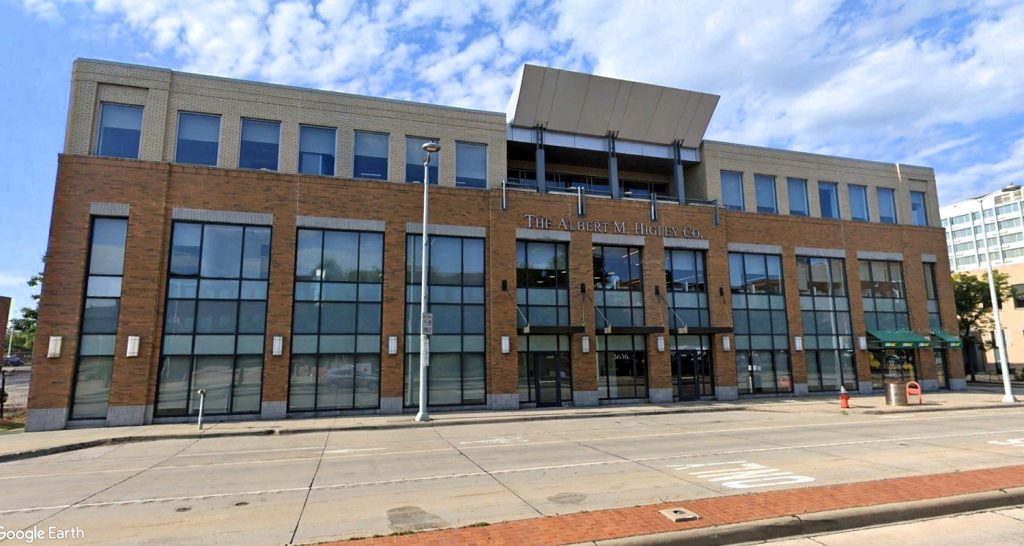A bill intended to provide significant capital to megaprojects in Ohio’s largest urban areas and lesser assistance to real estate developments in smaller communities has sped up and slowed down at various times over the past few years. Now, Substitute Senate Bill 39, the Transformational Mixed-Use Development (TMUD) tax credit, is back in the slow lane, awaiting two votes.
One vote would be its potential referral out of the House of Representatives’ Economic and Workforce Development Committee to the House floor.
But before that happens, the bill is sitting in committee awaiting a different vote: the Ohio Primary Election on March 17. Many lawmakers are out campaigning as they or their friends and allies face challengers in the primary. That’s where their attentions are focused until the election.
The TMUD tax credit bill was originally drafted by a law firm working on behalf of Stark Enterprises to aid its nuCLEus mixed-used development in downtown Cleveland. The $354 million nuCLEus development offers two 24-story towers — one residential and one office — atop a pedestal of retail and parking to be built on East 4th Street between Huron Road and Prospect Avenue.
Sub. SB 39 would encourage insurance companies to invest in Ohio real estate megaprojects. It would do so by refunding to insurance companies up to 10 percent of their investments in TMUDs.
Within 10 miles of a major city, a TMUD refers to projects whose new or to-be-renovated connected buildings are at least 15 stories tall, measure at least 350,000 square feet and contain any combination of retail, office, residential, recreation, structured parking or similar uses. In less populated areas, smaller projects can be considered TMUDs.
 |
| The TMUD bill, called Sub. SB 39, has sped up or slowed down at various times in its travels through the committees and chambers of Ohio State House (State of Ohio). |
The maximum credit for a TMUD would be $40 million. A total of $100 million worth of credits would be available in each state fiscal year ending June 30 in 2020, 2021 and 2022. But it remains to be seen if the bill moves fast enough to authorize and implement the 2020 round of tax credits.
The bill, sponsored by Senator Kirk Schuring (R-29, Canton), has been amended several times since it was first introduced in the previous legislative session in 2018.
But a source who spoke off the record suggested that a long-running feud between the two Larrys — Ohio House Speaker Larry Householder (R-72, Glenford) and Ohio Senate President Larry Obhof (R-22, Medina) — might be partly to blame for Sub. SB 39’s latest hold up.
Each has accused the other of moving too slowly on pending legislation, although it’s debatable as to whether the TMUD is one of the victims as both houses have held votes and hearings on this bill. Sub. SB 39 passed the Senate last summer 32-1 and has since had seven hearings in the House’s Economic and Workforce Development Committee.
That stands in stark contrast to Sub. SB 8, for example. That bill, also sponsored by Schuring, would authorize a 10-percent transferable, non-refundable tax credit to those who make qualified real estate and related investments in designated Opportunity Zones.
The Senate considered Sub. SB 8 a priority and moved it quickly last year. Senators passed Sub. SB 8 unanimously less than two months after it was introduced to the Ohio General Assembly. It was sent over to the House and had one hearing in the Economic and Workforce Development Committee in May. It hasn’t had a hearing since.
“The delay (to the TMUD bill) is purely due to the legislative schedule,” said Josh Ferdelman, legislative aide to Rep. Paul Zeltwanger (R-54, Mason), chair of the Economic and Workforce Development Committee. “We couldn?t make it work the week of the 19th and the legislators won?t meet again until March 24th. I fully expect us to meet on March 25.”
Rep. Mike Skindell (D-13, Lakewood), who serves on that committee, said he didn’t expect a vote by the full House on the TMUD tax credit bill until after the primary election anyway. But he did expect some committee movement before then.
“I am surprised it did not move (out of committee to full House) before the election,” Skindell said. “I am not sure of the future of the bill.”
He clarified that he didn’t believe that the bill was in trouble. But he wasn’t sure if it would pass in time so that three rounds of TMUD tax credits could be issued instead of just two rounds.
One development that could aid its swift passage is that the House’s leadership is already working with Schuring?to win Senate support for the bill’s changes in the House. If the Senate issues an expression of support, there would be little chance of a conference committee. That could save weeks or possibly months of time.
The legislation can be effective by June 30 if it goes to Gov. Mike DeWine for his signature before April 1 and he promptly signs it. But the Ohio Tax Credit Authority, which would administer the tax credits per the substitute bill, still has to issue application rules before inviting requests for the credits.
END



